The Nasdaq Investor
$20.67
| Author(s) | |
|---|---|
| Format |
|
| Pages |
240 |
| Publication Year |
2001 |
The Nasdaq Investor is the first practical guide to concentrate specifically on riding the Nasdaq wave and taking part in today’s most exciting, high-growth market. It explains specific trading strategies, methods for managing risk, stocks that stand poised to soar, and more. Uncovering the truths and fallacies behind Nasdaq, financial writer Max Isaacman reveals how investors can understand this explosive market—and reap the rewards of the new Internet economy.
Introduction:
About 10 years ago there was much discussion on Wall Street regarding the high valuations being put on stocks. The S&P 500 Index was valued at over 20 times earnings; this was a high valuation then, and lately the valuation has been much higher. There was much opining that stocks were too high and could not continue to stay at that lofty level, and were destined to decline.
Over the next year or so stocks continued at what many thought was too high a level. But what kept eating at people on Wall Street and investors and traders at home was that the market kept climbing. Especially strong were technology and health-care stocks, two sectors with much higher P/Es than customary; and money kept pouring into these sectors. I suspect that traders and investors knew that in the final analysis (as well as the first, second, and so on, analysis) the market is always right. Whatever the market says, by doing, is the final word.
The conflict that money managers and market participants had was that to make money they had to invest in sectors such as technology and biotechnology, and it no longer seemed reasonable to justify the price of these sectors with the usual yardsticks, such as P/E ratios and price-to-book ratios.
As the years went on, it became somewhat easier to justify prices in growth sectors. Moore’s Law, among other studies, helped investors understand the built-in strength that the new economy kept exhibiting. Understanding the advances in genome research and other activities in the biotechnology area fed the growing conviction of many investors that something very new was afoot in the economy. Also the home prices kept soaring in Silicon Valley, one of the centers for technology, solidifying the notion that something new and real and big was stirring.
Moore’s Law is covered in Chap. 2 of this book. The law states that the power of technology will keep increasing, while the price for this power will keep decreasing. With Moore’s Law proving to be a reality, it is easier to understand the recent price increases of stocks in the technology sector. Tacking onto this price increase is the realization that perhaps never before have we had this confluence of events: a technological revolution that is industrial revolution sized, and a new type of stock market to trade the stocks, which is the Nasdaq market. This is a major story. This book covers the issues that investors and traders and just perplexed people want covered.
Contents:
- Understanding the Nasdaq Market
- The Nasdaq Explosion
- The Internet Economy
- The Index and Exchange Shares
- Internet, Technology, and Other Growth Sectors
- Top Nasdaq-Weighted Funds
- Discipline: The Key to Success for Long-Term and Short-Term Investing
- Strategies for the Long-Term Investor
- Strategies for the Short-Term Investor
- Putting It All Together: Nasdaq and the Overall Portfolio
- Behavioral Finance and Sentiment Shifts
The Nasdaq Investor By Max Isaacman pdf
3 reviews for The Nasdaq Investor
Clear filtersOnly logged in customers who have purchased this product may leave a review.

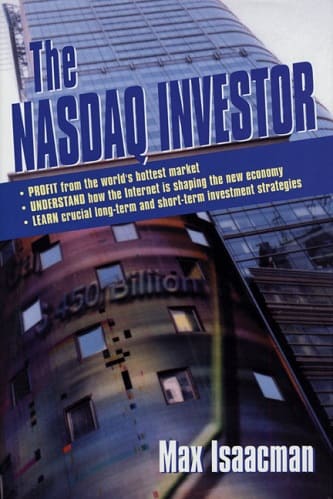
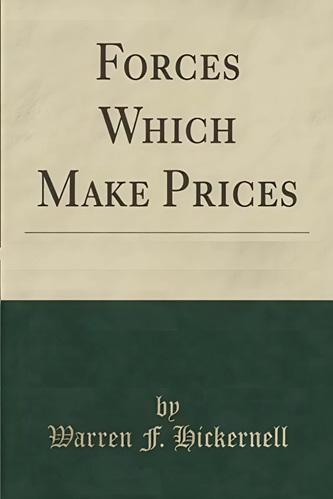
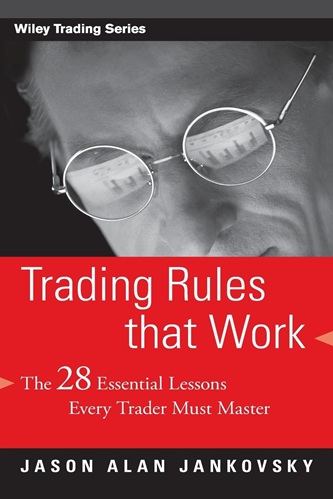
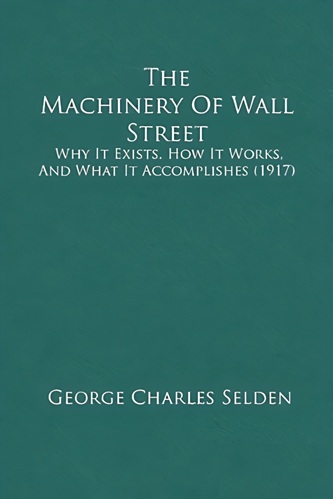
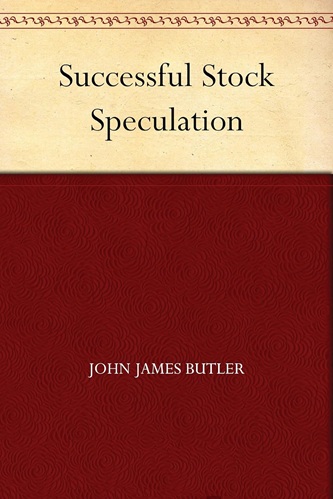
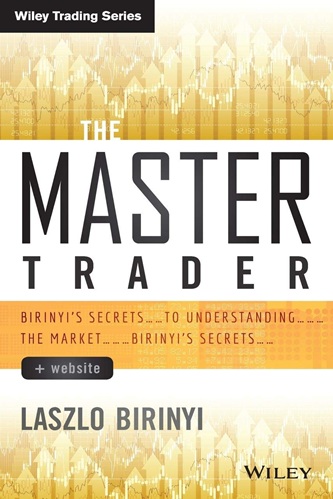
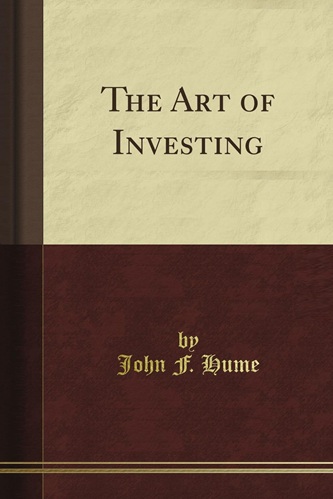
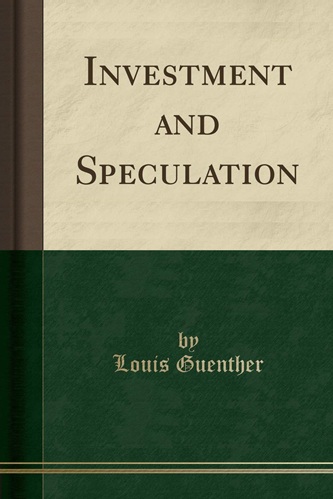
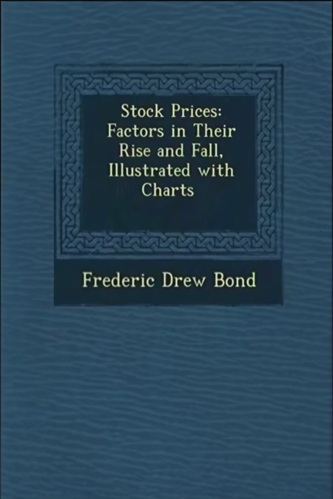
Leonel Proctor (verified owner) –
Every investor should know the structure and mechanics of the stock markets in which they invest. This book is a valuable basic tool for all investors who wish to become more knowledgeable and thereby more empowered.
Vicente Jacobs (verified owner) –
This Book successfully integrates a clear discussion of how the Nasdaq market works with an analysis of the potential for new economy stocks and funds. He offers suggestions based on wisdom from experiencerather than unrealistic promises.
Chandler Cordova (verified owner) –
This book has lots of detailed, accurate information about NASDAQ and the stocks that trade there. Unless you plan to buy and sell these stocks (which I would advise against for most people), this information is of little value. The book is a good implementation of an inappropriate book concept for most people.
The author makes a great comment. ” . . . [T]he market is a place for risk capital.” I interpret that to mean money that you can afford to lose, like money you have after you have provided for your retirement, paying for college educations, getting rid of your credit card debt, etc. Now, very few people are in the circumstance to have risk capital. Unless you do, stop thinking about investing in individual stocks now.
If you do have risk capital, I suggest you read “Rich Dad, Poor Dad” as your first step. Because it is unlikely that your risk capital should be going first into stocks.
If for some reason, you feel you must be in stocks, please read John Bogle’s Common Sense About Mutual Funds.
My favorite quote in the book is “If an investor had used only P/E ratios as a guide to purchase stocks, she or he would have missed out on many large gainers.” That is certainly true, and missing out on those gainers would also have allowed you to miss out on many losers . . . and gainers that became losers. Can you think of a stock with an overpriced P/E in March 2000 that is higher today?
Skip this book unless you are thinking about becoming a stock broker.
After you read this review, I suggest you think about other areas where having less knowledge is an advantage. For example, would it help you to know more or less about post-surgical complications?
Take advantage of all those situations when less knowledge is more! Keep your risk capital where it belongs, as the author recommends!